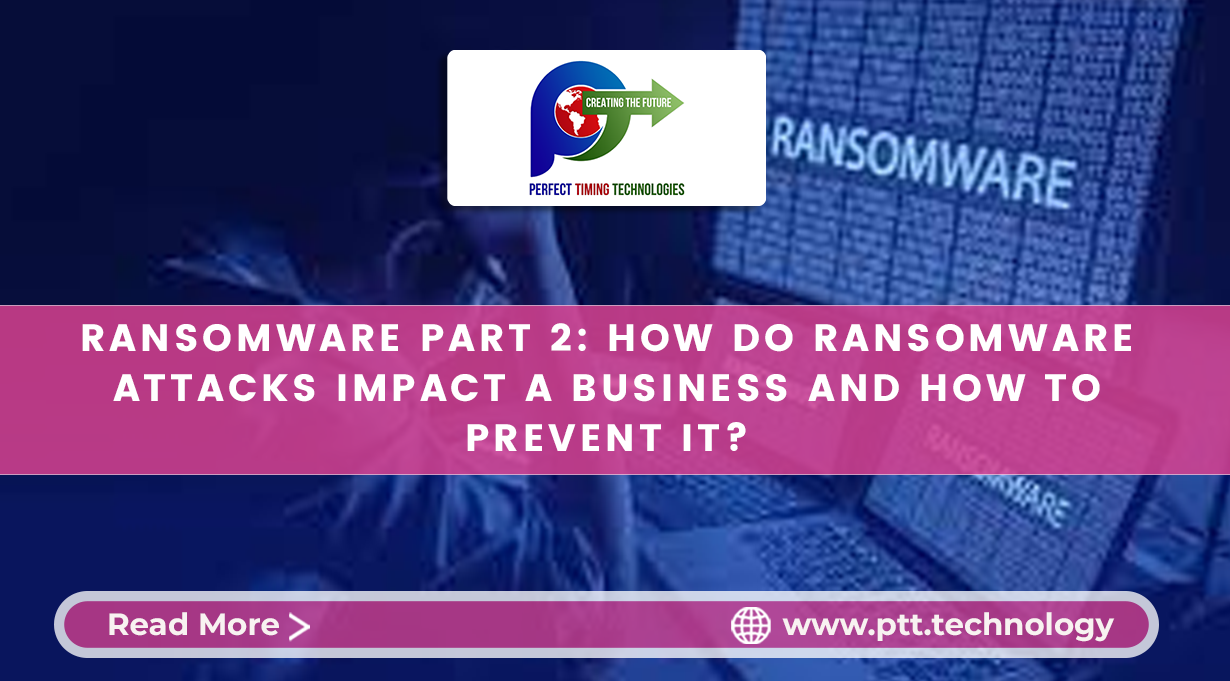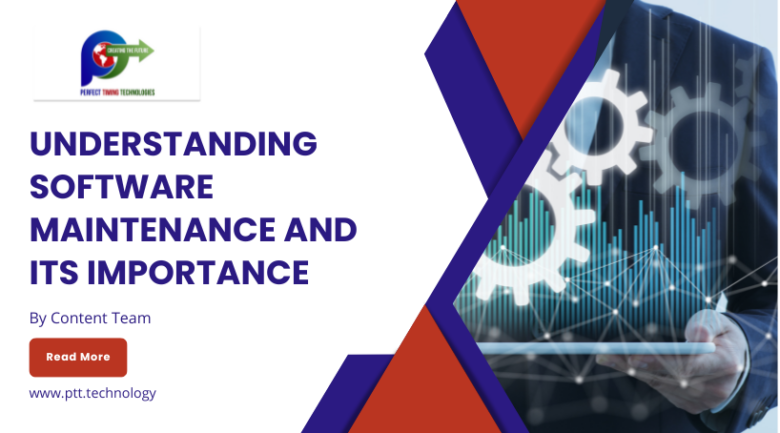
If you are a new business owner, you must read this article till the end. In the previous article, we gave an overview of ransomware and how it works.
Today we will talk about the impact of Ransomware attacks on businesses. So let us begin.
Different Ways Ransomware Can Impact a Business?
Ransomware attacks can significantly impact businesses, both in terms of financial losses and operational disruptions.
Given below are various ways ransomware attacks can impact businesses drastically. Let us find out.
- Financial Losses: Ransomware attacks can result in financial losses for businesses. In addition to the ransom demanded by the attackers, there may be costs associated with investigating and containing the attack, restoring systems and data, implementing enhanced security measures, and potential legal expenses.
- Data Loss or Theft: Ransomware attacks often involve encrypting files or locking access to critical data, making it inaccessible to the business. If a backup system is not in place or the backups are compromised, the organization may lose important data, including customer information, intellectual property, financial records, or sensitive business data.
- Operational Disruptions: Ransomware attacks can disrupt normal business operations. Systems and networks might get paralyzed, leading to downtime, decreased productivity, and disruption of services. It results in missed deadlines, delayed projects, and dissatisfied customers or clients.
- Reputational Damage: A successful ransomware attack can damage a business’s reputation. If customer data is compromised or services disrupted, it can erode customer trust and confidence in the company. Negative publicity surrounding the attack can further harm the business’s reputation, potentially leading to loss of customers and business opportunities.
- Regulatory and Legal Consequences: Depending on the industry and the jurisdiction, businesses may be subject to various regulatory requirements regarding data protection and breach reporting. A ransomware attack that compromises personal or sensitive data may trigger legal obligations, potential fines, and legal actions from affected individuals or regulatory bodies.
- Recovery Costs: Recovering from a ransomware attack is lengthy and costly. It may involve engaging cybersecurity experts, forensic investigations, system and network repairs, data restoration, and strengthening security measures to prevent future attacks. These recovery costs can place a burden on small and medium-sized enterprises.
- Business Disruption and Downtime: Ransomware attacks can cause significant disruption and downtime, impacting the ability of a business to serve its customers or clients. It may lead to lost sales, missed opportunities, and potential damage to business relationships.
Best Practices to Prevent Ransomware Attacks
Preventing ransomware attacks requires a multi-layered approach that combines technical measures, employee training, and proactive security practices.
Given below are some best practices and steps to reduce the risk of ransomware attacks-
- Regularly back up all critical data and store backups offline or in a separate network. Even if ransomware infects your systems, you can restore the data without paying a ransom.
- Install security patches and updates for all operating systems, applications, and software. Enable automatic updates whenever possible.
- Deploy robust antivirus and anti-malware solutions on all endpoints and servers. Keep them up to date and configure them to scan regularly for malware.
- Use a properly configured firewall to monitor and control incoming and outgoing network traffic. It prevents unauthorized access and filters out malicious traffic.
- Deploy email and web filtering solutions that detect and block malicious attachments, links, and websites. Many ransomware attacks originate through phishing emails or compromised websites.
- Follow the principle of least privilege, which means granting users only the necessary permissions to perform their job functions.
- Conduct regular cybersecurity awareness training programs to educate employees about phishing emails, suspicious attachments, and safe browsing habits.
- Enforce strong and unique passwords for all accounts. Enable Multi-factor authentication wherever possible to add an extra layer of security.
- If employees work remotely, ensure that remote access solutions, such as Virtual Private Networks (VPNs), are configured and up-to-date with security patches.
- Create a comprehensive incident response plan that outlines the steps to be taken in case of a ransomware attack. It includes isolating infected systems, notifying appropriate personnel, and engaging with law enforcement if necessary.
- Test your backups to ensure successful restoration. Conduct regular drills and simulations of ransomware attacks to validate your incident response plan and identify areas for improvement.
- Stay up-to-date on the latest ransomware trends, attack techniques, and security best practices. Follow security blogs, subscribe to industry alerts, and participate in relevant cybersecurity communities.
Final Thoughts
It is important to remember that no security measure can provide 100% protection against ransomware. Maintain a proactive and vigilant stance to continuously improve your business’s security practices and adapt to evolving threats.
Talk to our industry experts and learn how to tackle the issue of Ransomware.







